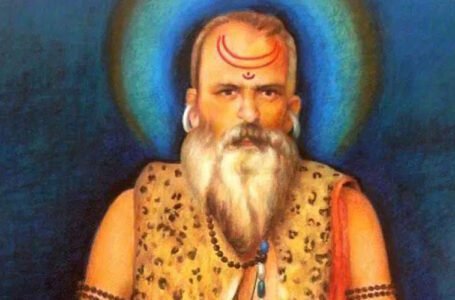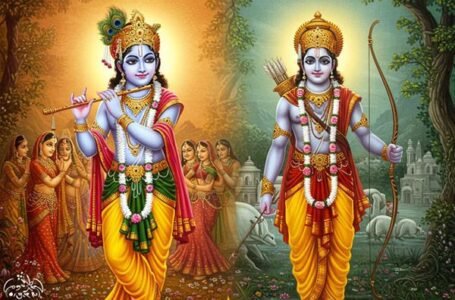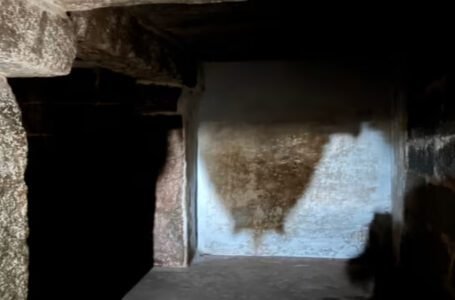Rediscover the Ancient Game of Chaupar: A Timeless Journey of Strategy and Culture
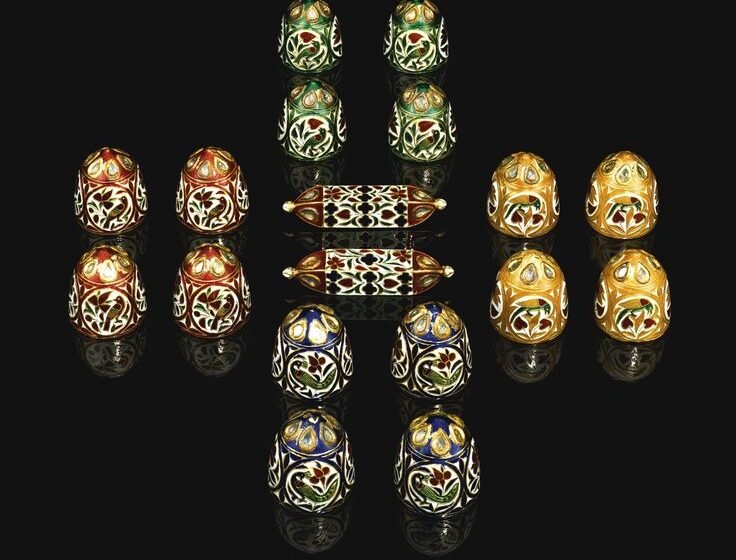
I think everyone would agree that Ludo was the game that Indians played the most during the COVID lockdown. Remember, Ludo King. While not much is known about the game’s past, we have all played and continue to love it. Allow me to take you on Ludo’s or Chauapr’s journey.

Chaupar, chopad, or chaupad, is an indigenous game of Uttarakhand. The cross & circle board game is quite similar to pachisi, one of India’s oldest games. The board is made of wool or fabric, with wooden pawns and seven cowry shells used to determine each player’s move; however, some distinguish Chaupar from pachisi by using three four-sided long dice. Variations are played across India. It shares similarities with Pachisi, Parcheesi, and mostly with Ludo. The game requires both strategy and luck, making it a captivating pastime for all ages.

Gamesmen similar to Chaupar, but with different colour schemes, as well as dice, have been identified in Mathura during the Iron Age and Painted Grey Ware period. Pachisi is believed to be derived from Chaupar. There are well-known interesting anecdotes passed down from generation to generation about kings who played this amazing game. One story tells of a King who had two trained mice named “Sundhree and Mundhreee”. This king would distract his adversary with details, stories, and tales. He would then nonchalantly say “Sundhree and Mundhree”; at this point, the mice would appear and move the pieces about without the opponent’s knowledge.
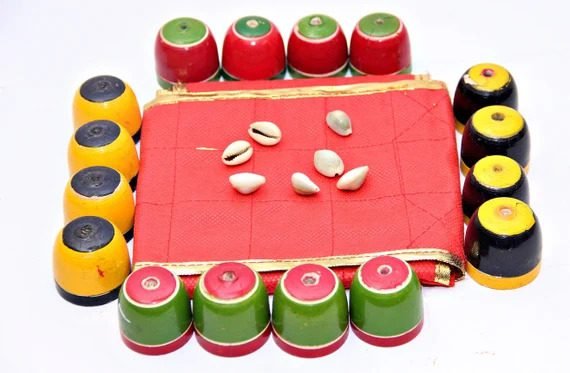
A Chaupar ‘board’ is a traditional embroidered fabric in the shape of a cross. It features four arms that meet at the sides of a large central square known as the ‘Home’ (Ghar). Each arm consists of three rows of eight squares. There are ‘home-arms’ of Red, Green, Black, and Yellow as Red-Arm, Green-Arm, Black-Arm, and Yellow-Arm, respectively. Red pawns travel around the board beginning and ending with the Red-Arm. Similarly, other pawns begin their journeys with their own ‘home-arms’. The pawns (Sogthi or Sogthan) are usually made of wood. Each player has four pawns. It is a race game.
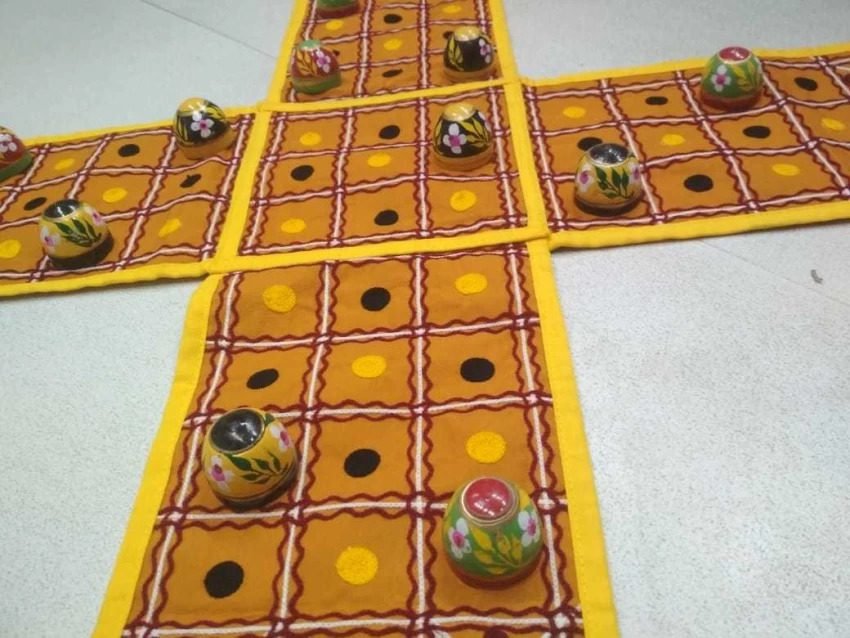
This game is typically played in a bantering manner, with players mocking each other’s play just before the choris are thrown, or attempting to distract their opponent by snorting, cracking knuckles, pretending to spit, or making absurd noises to “curse” or spoil the opponent’s turn. Much like how we did in Ludo when it’s the opponent’s turn to roll the dice. The game is usually started with the black pawn. The player throws the dice to start a new turn. The player may continue throwing until a 3, 4, or 5 is thrown if a doublet is thrown. The player then moves one pawn, as indicated by the number on the dice, for each throw made. The player could move one pawn three times, one pawn twice and another once, or three pawns once each if three throws were made.

Forming a pawn-pair at squares 34 (Black pawn), 51 (Red pawn), 68 (Yellow pawn), and 17 (Green pawn) is the player’s goal. We refer to this as Kajalvun. The Kajalvanun Sthal square is the place where a pawn-pair forms. The player can choose to play the pair together or break it and move different pawns to different squares. Other players can, meanwhile, cut the single pawn and it has to be removed from the board and start afresh. All cut pawns have to be removed from the board and must restart from the start of the Ghar. Until and unless, all cut pawns are reintroduced on the board, a player cannot move his other pawns.
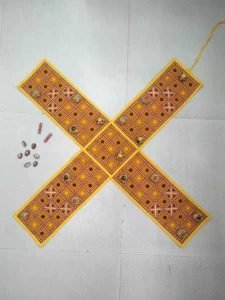
There are no safe squares in this game. A pawn or pawn-pair is safe only in its belly i.e. from squares 1 to 7. “Laal,” or red, are called the pawns that advance to the game board’s central square, Home. The pawns in a race in the majority of Indian board games are referred to as raw fruits (Kachchi) and are said to ripen and turn red (Paki) once they arrive at their destination. The winner is the first player to move all four of his pawns into Home. To determine the winner, runner-up in second place, and loser, others can continue playing. The team that moves all eight of its pawns into Home first in a partnership game win.
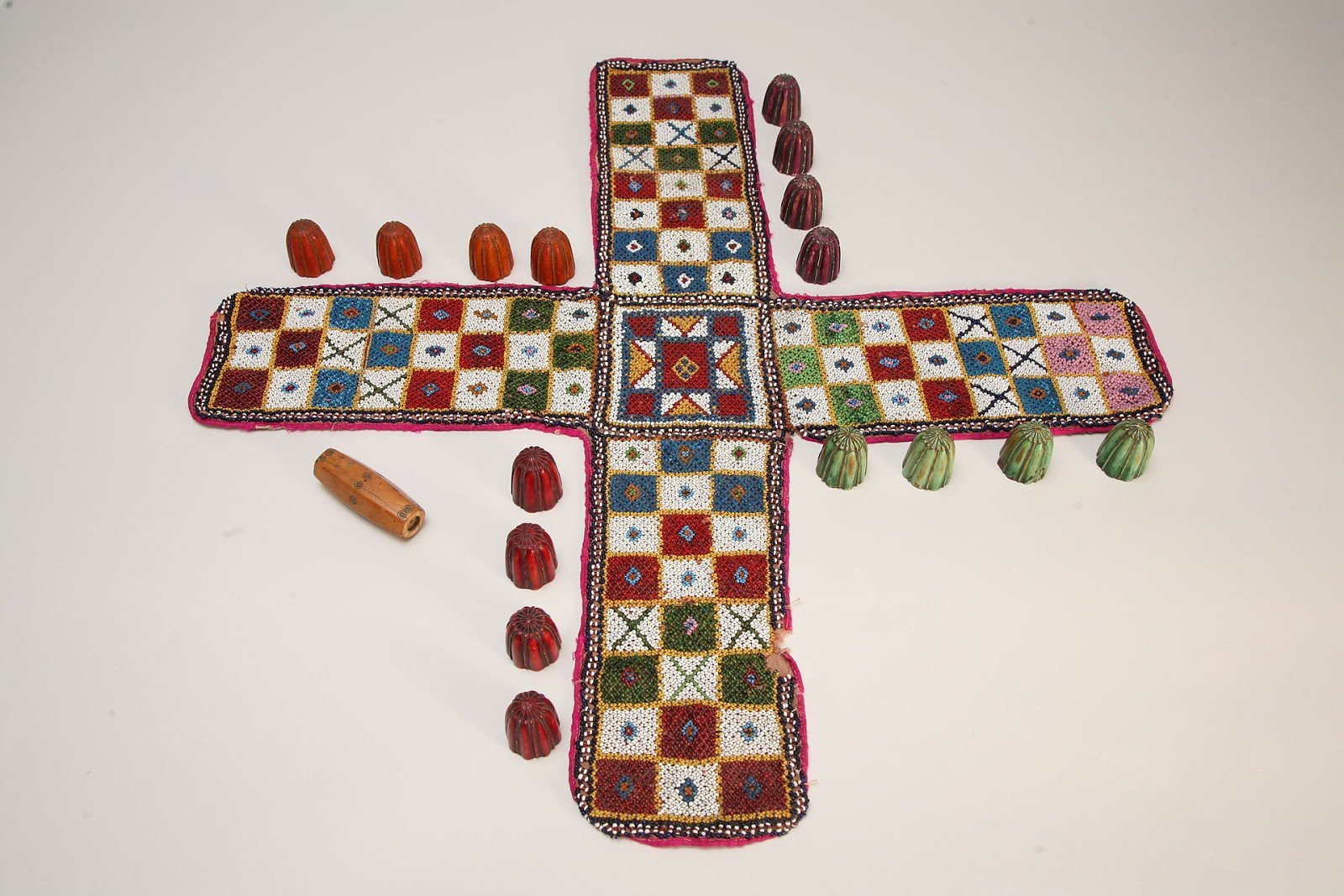
Chausar and Ludo, because of their versatility and rich histories, have captured the hearts of fans all over the world. These games have adapted well to the modern era, from traditional wooden boards to digital versions and competitive tournaments, demonstrating their timeless appeal. We not only honour historical past times but also make sure that these classic and contemporary games continue to be treasured components of our cultural legacy for future generations as we embrace the various iterations of Chaupar and Ludo.
